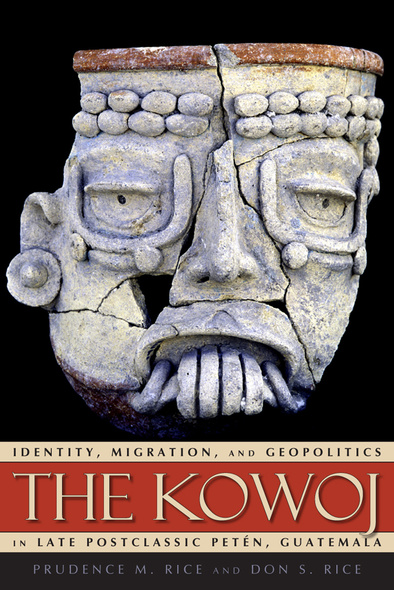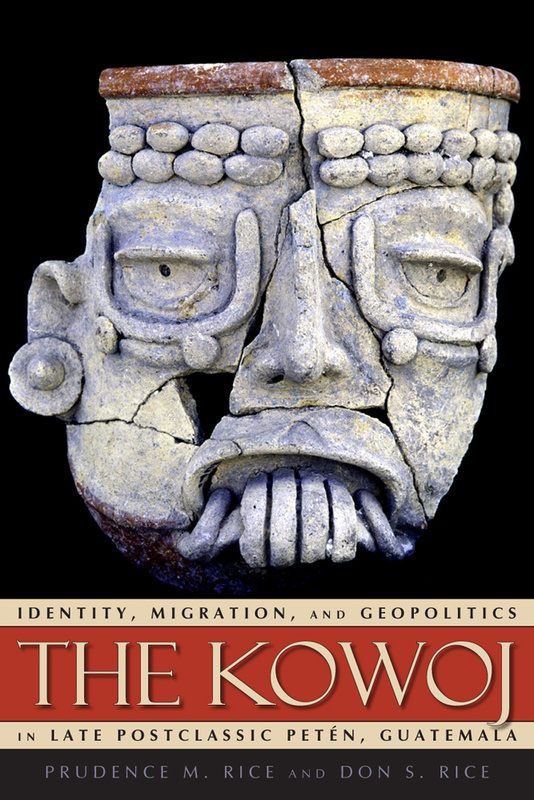The Kowoj
Identity, Migration, and Geopolitics in Late Postclassic Petén, Guatemala
Chapters in The Kowoj address the question "Who are the Kowoj?" from varied viewpoints: archaeological, archival, linguistic, ethnographic, and bioarchaeological. Using data drawn primarily from the peninsular site of Zacpetén, the authors illuminate Kowoj history, ritual components of their self-expressed identity, and their archaeological identification. These data support the Kowoj claim of migration from Mayapán in Yucatán, where they were probably affiliated with the Xiw, in opposition to the Itza. These enmities extended into Petén, culminating in civil warfare by the time of final Spanish conquest in 1697.
The first volume to consider Postclassic Petén from broadly integrative anthropological, archaeological, and historical perspectives, The Kowoj is an important addition to the literature on late Maya culture and history in the southern lowlands. It will be of particular interest to archaeologists, historians, ethnohistorians, art historians, and epigraphers.
. . . . Substantially enhances our understanding of Petén, its peoples, and its history. This book should attract a broad readership for its nuanced examination of material reflections of identity in a complex and shifting sociopolitical landscape.'
- John S. Henderson, American Anthropologist
Prudence M. Rice and Don S. Rice have co-directed research into the Maya occupation of the Petén lakes region of Guatemala for more than thirty-five years. The Kowoj is based on their archaeological and historical investigations, begun in 1994, of the sixteenth- to eighteenth-century political geography of the region. They are co-editors, with Arthur Demarest, of The Terminal Classic in the Maya Lowlands (UPC).





